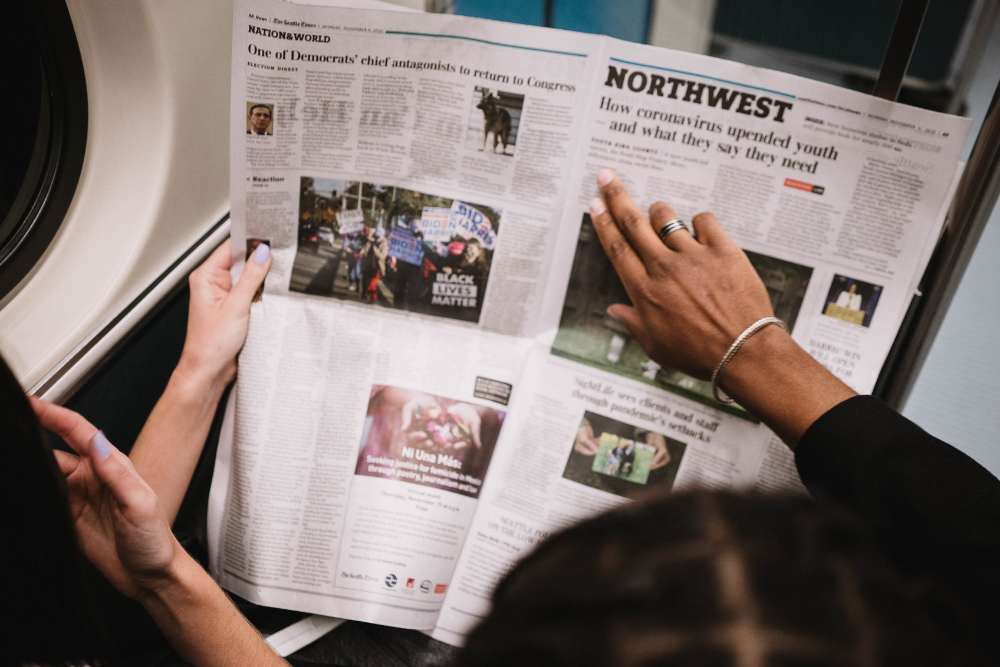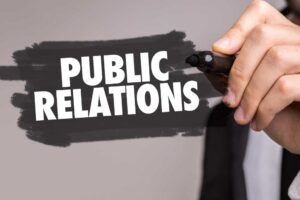In a world where attention spans are short and media cycles are even shorter, soundbites cut through the noise and leave a lasting mark. They are not just marketing slogans; they’re powerful examples of how a single sentence can distil a broader message, spark emotion, and drive action.
In today’s media landscape, a well-delivered soundbite can be the difference between being forgotten and being remembered. Whether it’s a 15-second news grab, a quote pulled into an editorial, or a one-liner that ends up trending on LinkedIn or TikTok, the art of the soundbite is a cornerstone of smart media training—and a critical tool in every communications strategy.
Why Soundbites Are PR Gold?
Consumers are bombarded with messages daily, and attention is a currency. A sharp soundbite captures interest, builds recall, and gives brands the chance to shape the narrative. For journalists, they’re a dream: short, quotable, and easy to insert with minimal edits. For PR professionals, they offer message control and brand consistency.
Soundbites serve as shorthand for your brand’s values, vision, or viewpoint. They create cohesion across interviews, platforms, and channels. Whether featured in a digital article, a podcast, a news segment, or a social media post, a powerful quote has the potential to reach far beyond its original format.
Consider these examples:
- Effective: “We don’t sell products—we solve problems.”
- Ineffective: “At XYZ Corporation, we pride ourselves on synergistic operational excellence across verticals.”
One is relatable and real. The other? A corporate snooze-fest. Good soundbites humanise brands. They don’t hide behind jargon; they speak directly, with clarity and impact.
What Makes a Great Soundbite?
Soundbites work because they are clear, concise, and emotionally resonant. They’re easy to remember and strong enough to stand on their own. But crafting a good one isn’t luck—it’s strategy.
A great soundbite should:
- Be one or two sentences max.
- Speak in human, conversational language.
- Offer a strong opinion, insight, or emotional appeal.
- Tie back to your brand message or broader PR goal.
Practical Frameworks to Craft Soundbites:
1. Use the Rule of Three
Humans are wired to find three-part phrases satisfying and memorable.
Example: “Fast, flexible, and fearless.”
2. Start with a metaphor or analogy
Metaphors are visual and sticky.
Example: “Our team runs like a jazz band—improvised, collaborative, and always in sync.”
3. Ask and answer a rhetorical question
This creates drama and delivers insight.
Example: “What’s the secret to great leadership? Listening more than you speak.”
4. Anchor in emotion
Powerful soundbites tap into feelings—hope, outrage, inspiration, humour.
Example: “We’re not just building a business—we’re building a future our kids will thank us for.”
Clever phrasing matters, but substance wins. Style without meaning may earn a chuckle—but purpose earns trust.
Preparing Spokespeople: Where Strategy Meets Storytelling
Media training isn’t about memorising lines—it’s about mastering delivery. Spokespeople who perform well under pressure aren’t just naturally charismatic; they’ve rehearsed, refined, and prepared.
Start by identifying 2–3 key messages aligned with your PR goals. These core points become your foundation. From there, develop supporting soundbites for different scenarios—broadcast, print, crisis response, or product launch.
Also Read – Best Storytelling Strategies Across Social Media Platforms
Piccolo PR’s Spokesperson Preparation Tips:
- Rehearse aloud: Read soundbites out loud to hear how they land. Clunky phrasing? Rewrite.
- Role-play journalist types: Practice with both friendly and challenging interviewer styles.
- Plan for the curveballs: Prepare responses to tough or off-topic questions.
- Work on non-verbal delivery: Pauses, pace, tone, and posture influence how messages are received.
- Stay conversational: Memorise the message, not the script. Fluency, not rigidity.
Great spokespeople connect, not perform. They speak with authority, but also with authenticity.
Avoiding the Pitfalls
Not every soundbite is a success. Here’s what to watch out for:
- Over-rehearsal: Comes across robotic or insincere.
- Trying too hard to be clever: Risks confusing the message or sounding gimmicky.
- Ignoring the audience or platform: Tone-deaf soundbites can backfire.
- Using jargon: Makes your brand feel distant and corporate.
Context matters. A soundbite that lands on a morning radio show may not resonate in a thought leadership panel. Flex your phrasing, adjust your tone, but stay consistent in essence.
Example of a Bad Soundbite:
“We’re leveraging vertical integrations to disrupt legacy solutions in the SaaS space.”
It might sound smart in a boardroom, but it says nothing to the average listener or reader.
Instead, try: “We’re taking the friction out of everyday software so teams can get more done, faster.”
Same message—clearer, warmer, and infinitely more quotable.
The Role of Media Training in Long-Term Success
Good soundbites are rarely spontaneous. They are the outcome of thoughtful strategy, media fluency, and disciplined preparation. Media training should go beyond crisis response or defensive tactics. At its best, it empowers leaders to speak with clarity and conviction in any situation.
For brands serious about building trust, spokesperson development should be an ongoing investment. Training helps everyone—from founders to marketers—stay on message, stay confident, and stay credible.
This alignment enhances more than media performance. It strengthens brand cohesion and fosters consistency in how messages are communicated to the public, internal teams, stakeholders, and beyond.
Check Out – Media Training Essentials: Preparing Your Team for Public Relations Success
Soundbites in the Social Age
Today, a great soundbite doesn’t just get quoted in a newspaper—it gets clipped into a reel, turned into a LinkedIn quote card, or looped in a TikTok stitch. Digital-first media demands messages that are not only clear but also sharable.
This means your soundbites should be:
- Punchy enough to be a reel.
- Relatable enough to be reposted.
- Thoughtful enough to be saved and shared.
An interview is no longer a one-time performance—it’s content with a long tail. So when preparing spokespeople, think beyond the interview room. Prepare for the echo.
Final Word: Speak in Headlines
In a competitive media landscape, those who communicate with clarity, confidence, and character rise above the clutter. A good soundbite doesn’t just land a media hit—it helps shape perception, inspire loyalty, and build reputation over time.
For PR professionals, media strategists, and brand leaders, mastering the soundbite is more than just a clever trick—it’s a mark of media excellence. And with the right training, preparation, and frameworks, anyone can learn to speak in headlines.
Because in the end, it’s not just about being quoted.
It’s about being remembered.








